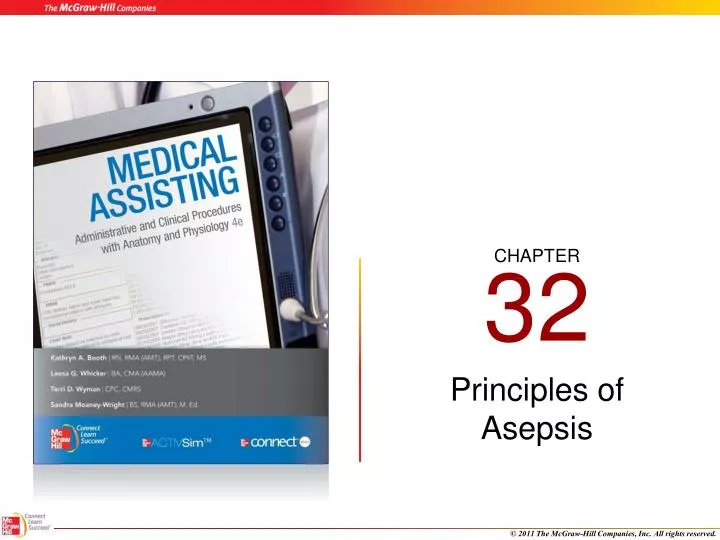

These patients suffer from poorer quality of life and frequent rehospitalizations, with each hospitalization potentially being their last, as a third of survivors will pass away within a year after their sepsis hospitalization 2. Half of all survivors will have long-term consequences, collectively known as “post-sepsis syndrome” (PSS): a constellation of symptoms affecting the brain, muscles, heart, kidneys, lungs, and immune system 2. However, the long-term effects of sepsis are still poorly understood.

#Beginning of asepsis year how to#
Up to now, sepsis research has mainly focused on how to diagnose sepsis earlier and more accurately, or better treatments to improve hospitalization outcomes. In 2017, ~100,000 Canadians developed sepsis, of which ~16,000 died, and sepsis was involved in 1 in every 5 deaths worldwide 1. What I described is sepsis, a dysregulated immune response to a systemic infection that results in organ failure. Instead of being protective, your immune system goes into overdrive, resulting in fever, low blood pressure, and life-threatening organ damage. Now imagine that happening throughout your entire body because the infection spread everywhere through your bloodstream. It gets hot, swollen, painful – but it means your immune system is fighting off that infection.

Imagine a cut on your hand gets infected. Image courtesy of the UBC Centre for Blood Research (CBR).


 0 kommentar(er)
0 kommentar(er)
